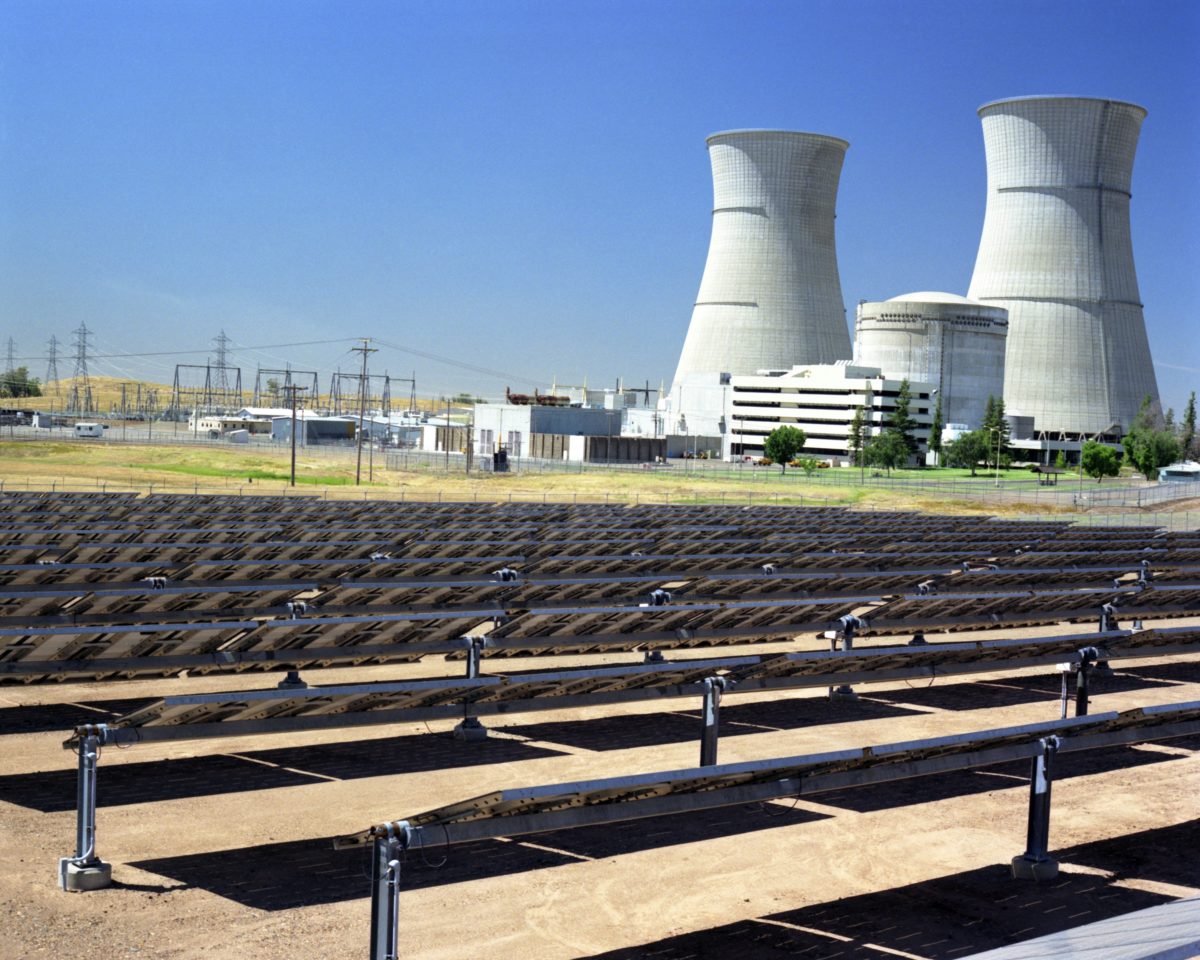The US-based Electric Power Research Institute (EPRI) and the Sacramento Municipal Utility District (SMUD) launched a project aimed at restoring prairie lands and pollinator habitat under solar arrays along a 20-acre plot of land in Sacramento County, California.
The team will create a pollinator habitat under a 160 MW utility-scale solar project and measure changes in energy, soil carbon, and management costs at the site. Expected outcomes include the establishment of native plant species promoting pollinator habitats and soil carbon monitoring. The project is set to run for four years in multiple phases.
The Rancho Seco energy project is located at the site of a decommissioned nuclear power plant in central California and part of native tribes’ ancestral lands. It was installed in February 2021 and is operated by D.E. Shaw Renewable Investments, under a 30-year power purchase agreement with SMUD.
“Successful demonstration could provide the blueprint for future renewable energy projects throughout the country that are restorative not just in their kilowatts, but also for local people and biodiversity,” said Jessica Fox, senior technical executive and conservation biologist at EPRI.
Popular content
“We’re trying to create a model that other solar developers can follow,” said Rebecca Hernandez, a UC Davis associate professor and director of the Wild Energy Center. “This is an opportunity to stack California prairie with solar energy and begin to restore the 98% of prairie habitat that’s been lost.”
UC Davis PhD student, Yudi Li, developed a list of species to plant at the facility, with the aim to balance the need for unimpeded sun with plants growing shorter than 3.5 feet (106cm) to protect the California tiger salamander, restore pollinator habitat, and provide ecosystem services. The list of plants also includes those commercially available so other solar developers can replicate the project.
Argonne National Laboratory and the National Renewable Energy Laboratory noted that approximately 1,350 square miles of farmland in the United States sits in close proximity to current or planned utility-scale solar projects that could benefit from pollinator habitat agrivoltaics programs.
This content is protected by copyright and may not be reused. If you want to cooperate with us and would like to reuse some of our content, please contact: editors@pv-magazine.com.



By submitting this form you agree to pv magazine using your data for the purposes of publishing your comment.
Your personal data will only be disclosed or otherwise transmitted to third parties for the purposes of spam filtering or if this is necessary for technical maintenance of the website. Any other transfer to third parties will not take place unless this is justified on the basis of applicable data protection regulations or if pv magazine is legally obliged to do so.
You may revoke this consent at any time with effect for the future, in which case your personal data will be deleted immediately. Otherwise, your data will be deleted if pv magazine has processed your request or the purpose of data storage is fulfilled.
Further information on data privacy can be found in our Data Protection Policy.